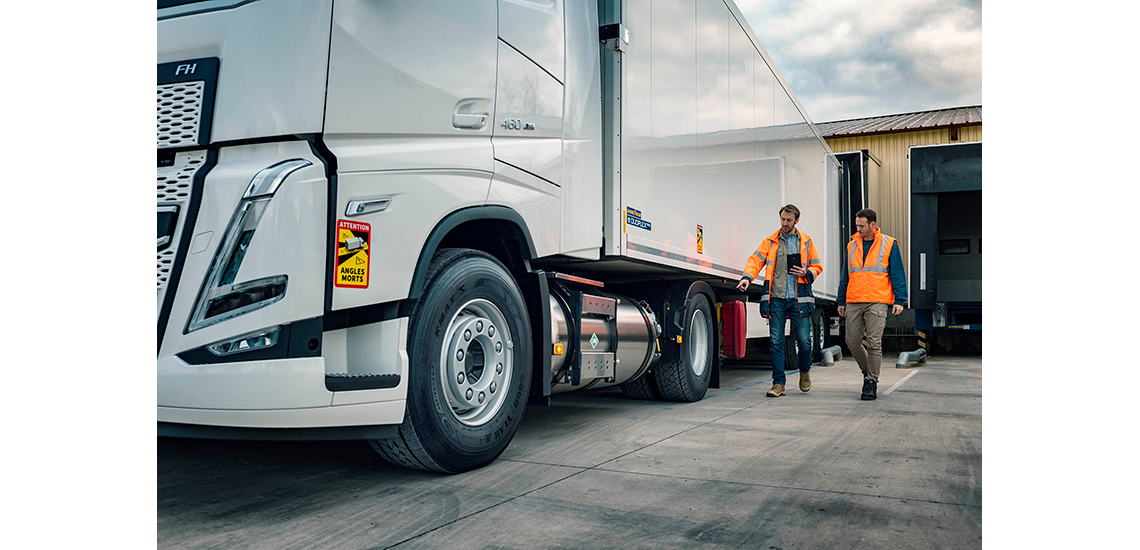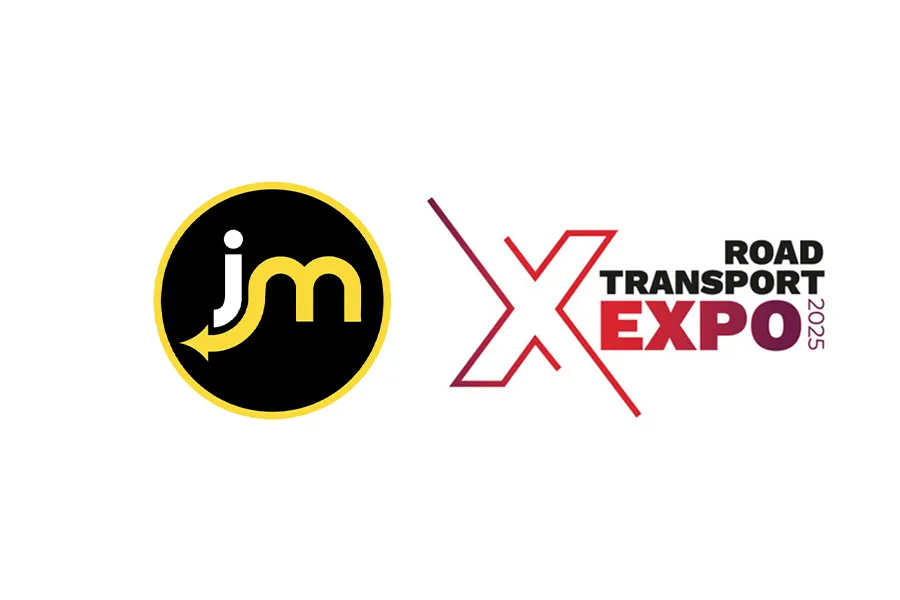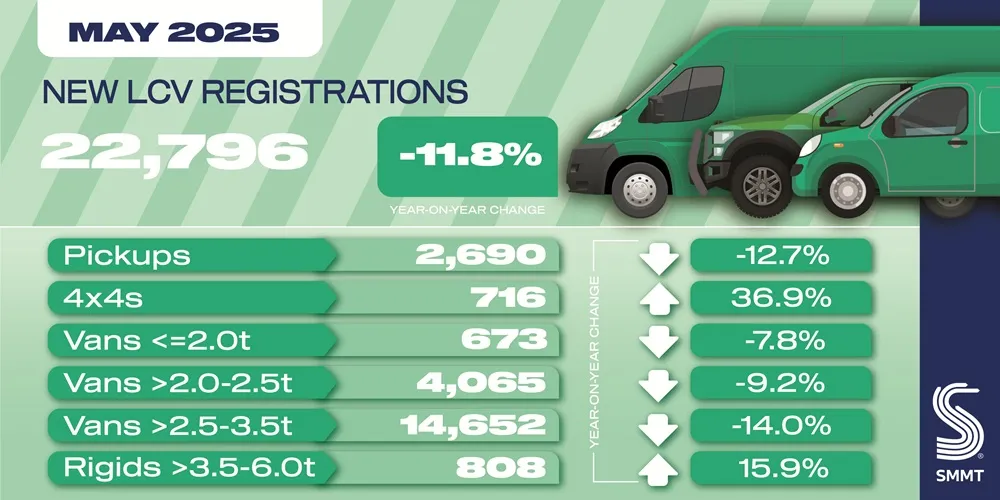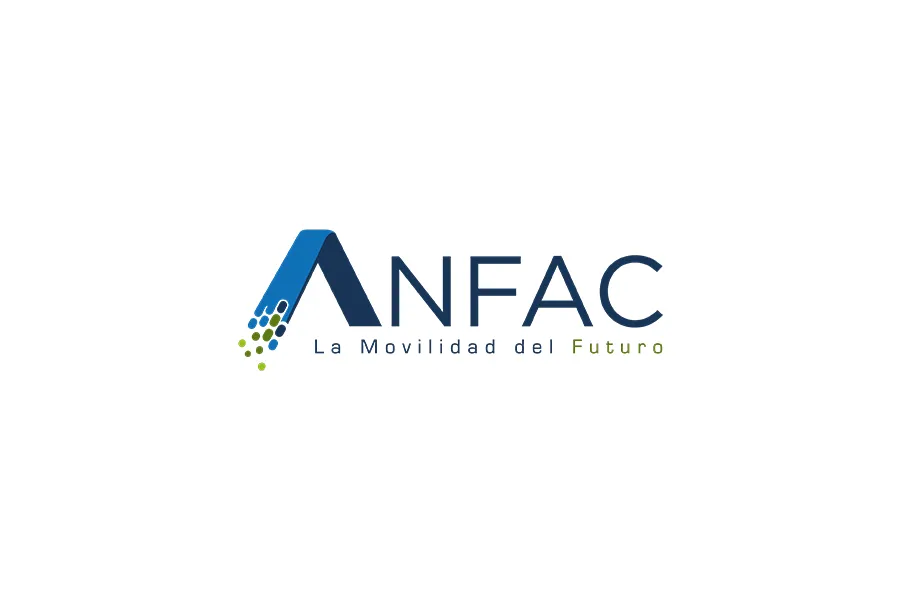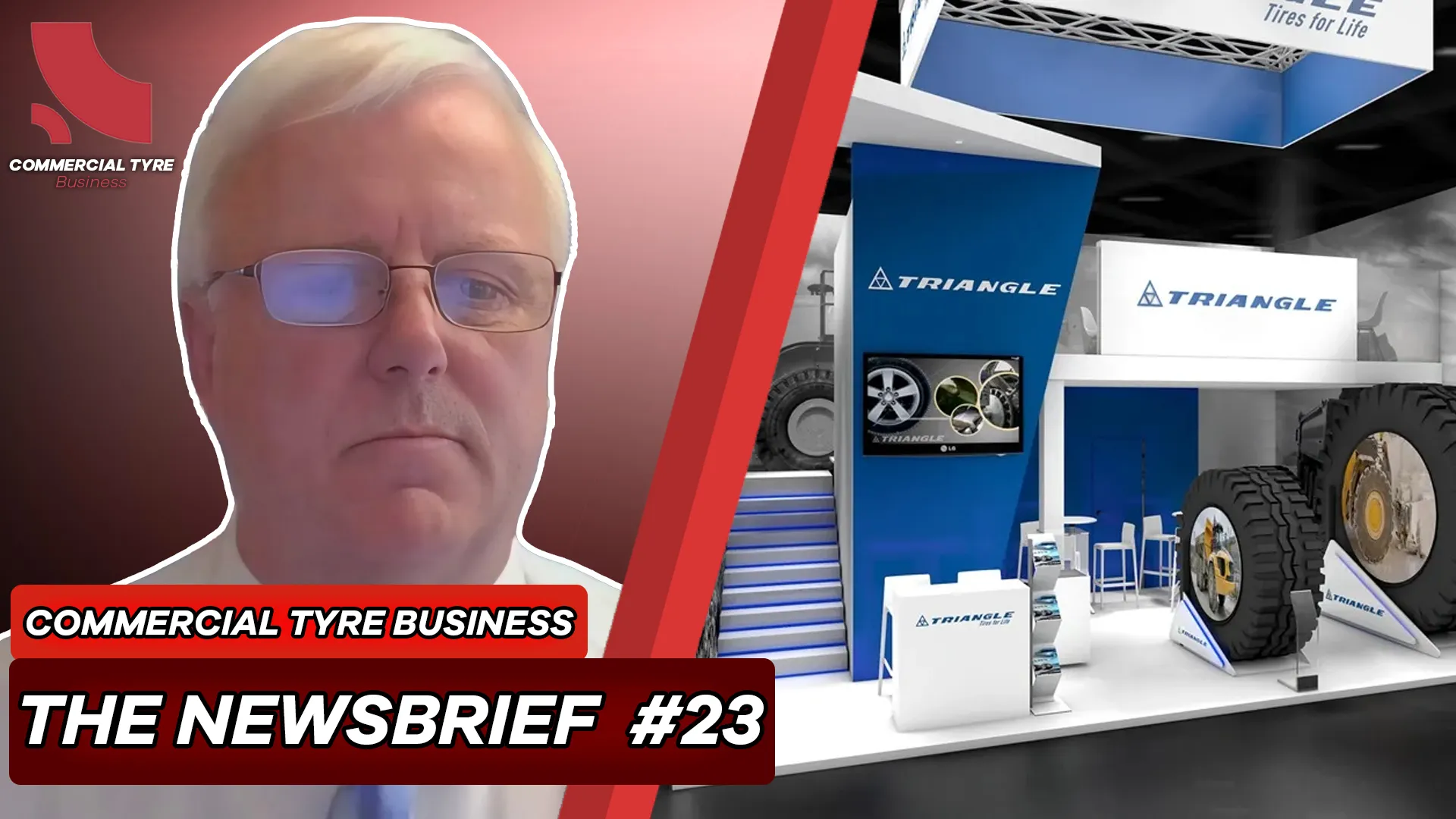Goodyear is one of the top tyre and rubber manufacturers and its name is synonymous with quality tyres. However, as the pressures on the market change and industry is increasingly driven towards lower emissions and a more sustainable business model, Goodyear is impacted just as any other large producer is. Sustainability is now never far from anyone’s mind in the corporate world of tyres and transport.
Goodyear Working with OEMs and Hauliers in Sustainable Efforts
“Goodyear are aware that fleet operators are increasingly focused on sustainability, driven both by legislation and demand fr...
Goodyear Working with OEMs and Hauliers in Sustainable Efforts
“Goodyear are aware that fleet operators are increasingly focused on sustainability, driven both by legislation and demand fr...

